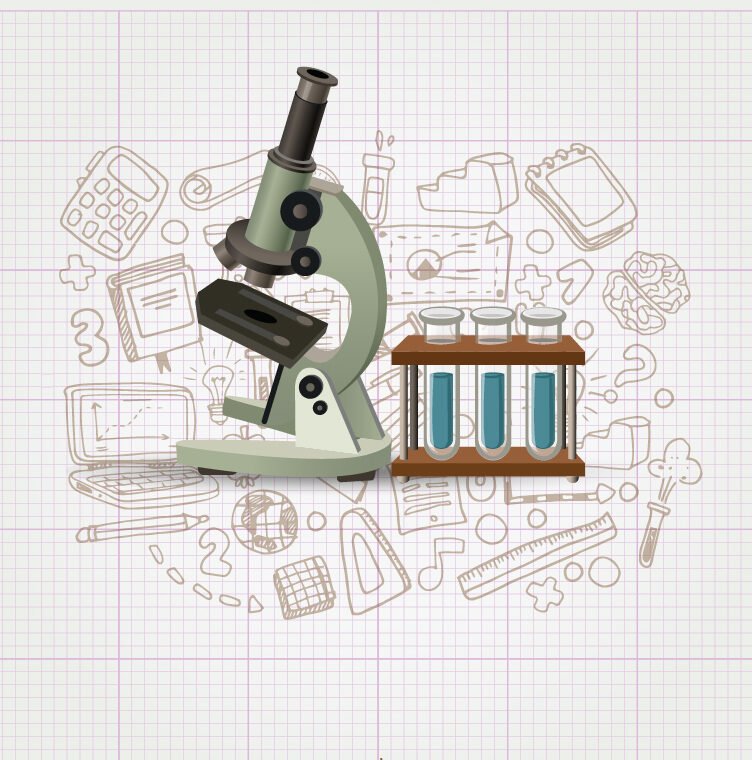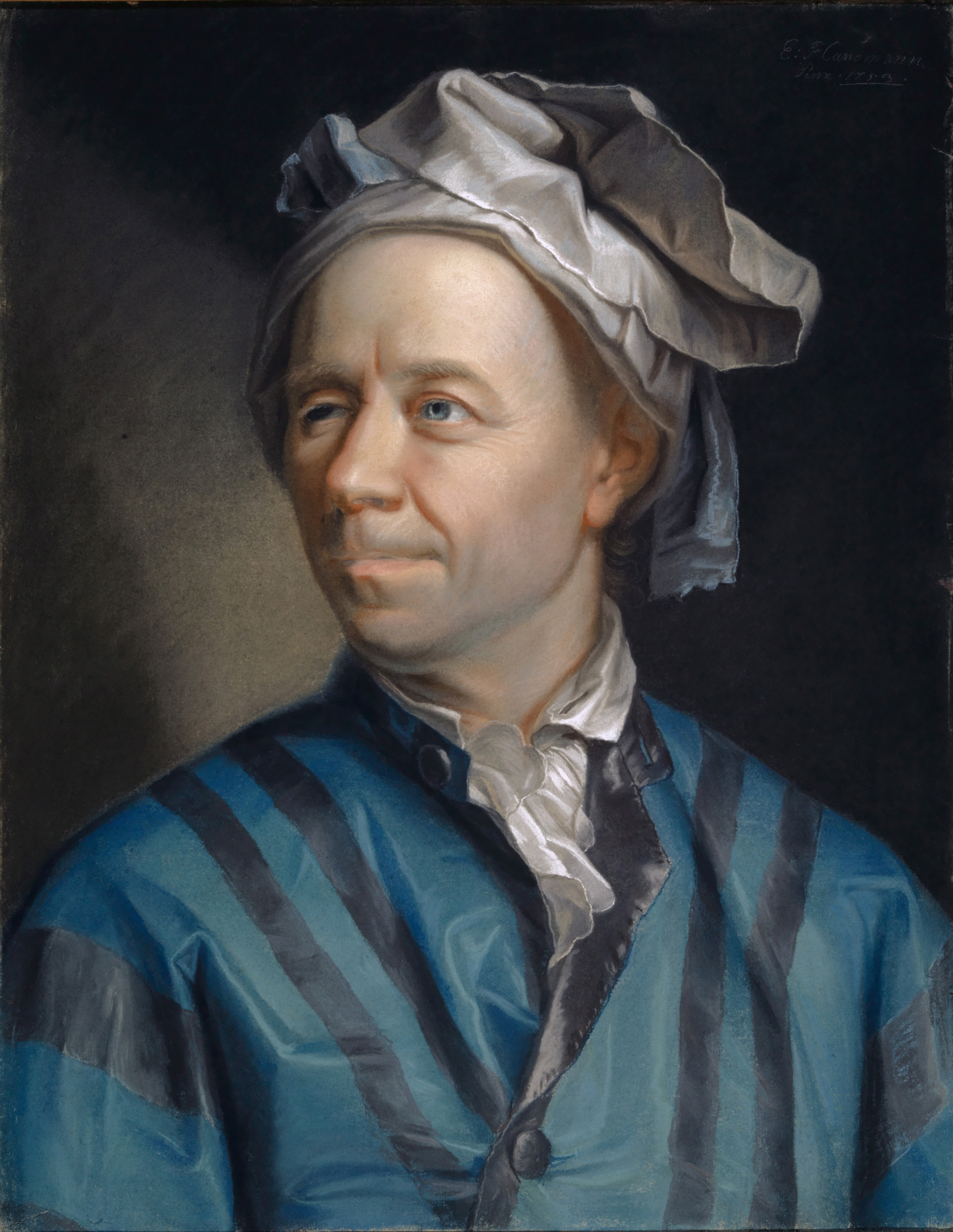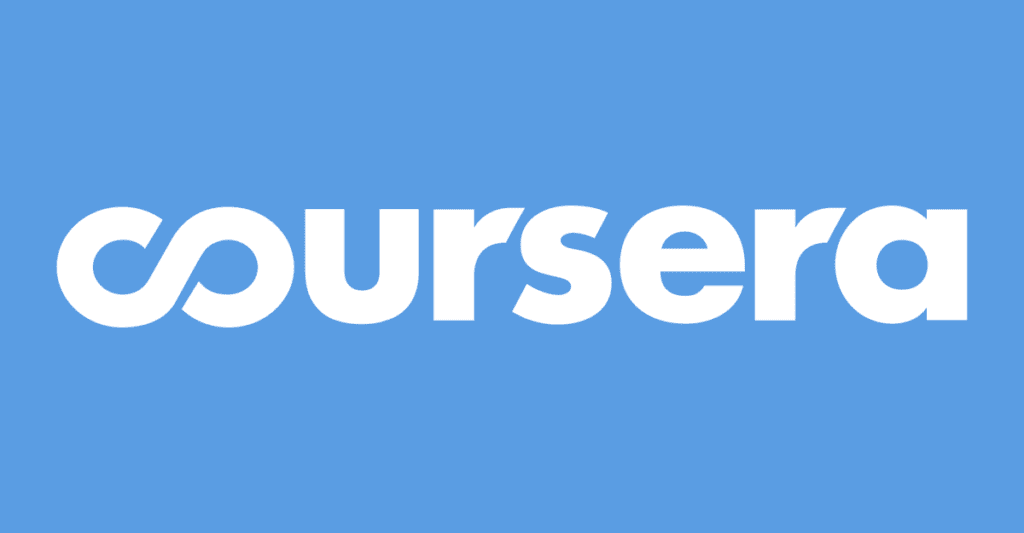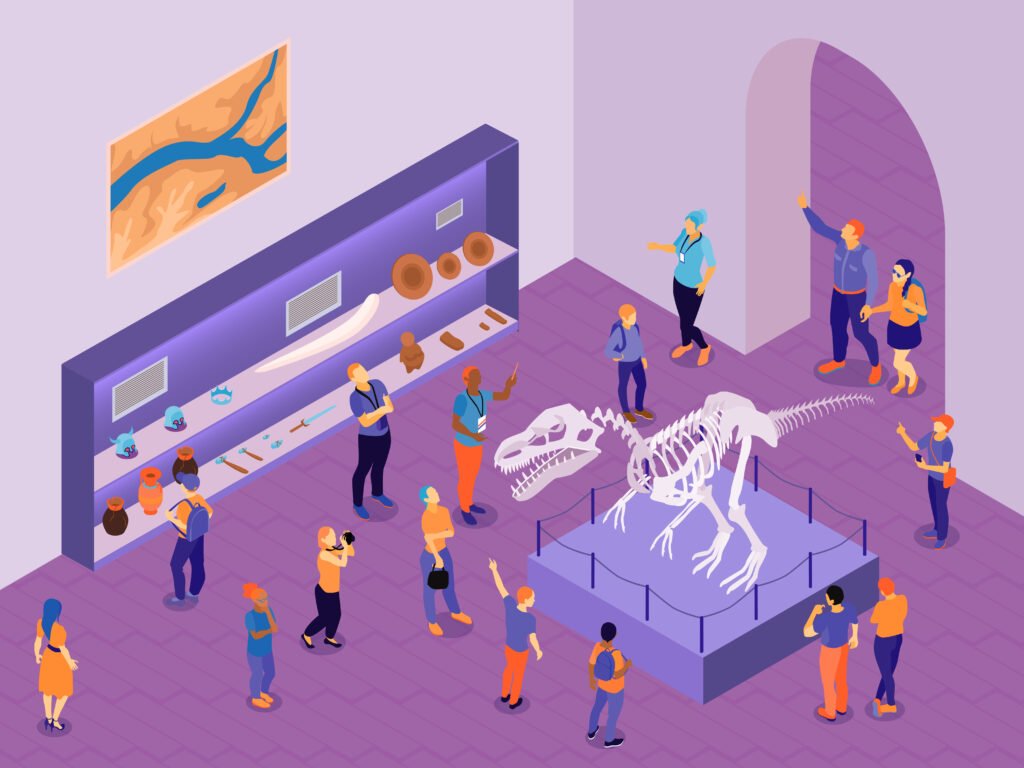The online force and motion simulations on this page will help you understand how forces generate motion and how they modify it in magnitude and direction. We will review Newton’s three laws of motion, which are precisely the laws that govern the relationship between force and motion.
Relationship between force and motion
The physics of forces and motion is one of the most important branches of physics. It focuses on studying how objects move in response to forces acting on them.
Newton’s three laws of motion
Newton’s laws are three fundamental principles that describe the motion of objects in space and are the basis of classical physics. These laws are fundamental to the understanding of classical physics and apply in a wide variety of situations, from the motion of planets in space to the behavior of everyday objects on Earth.
Newton’s three laws of motion are::
First law. Law of inertia
Newton’s first law of motion, also known as the law of inertia,, states that an object at rest will remain at rest and an object in motion will continue to move with constant velocity in a straight line unless a net force acts on it.
Second law. Fundamental law of dynamics
Newton’s second law of motion, also known as the fundamental law of dynamics, states that the net force acting on an object is equal to its mass multiplied by its acceleration, that is, F = m x a. This means that the greater the force applied to an object, the greater its acceleration and the greater its mass, the harder it is to accelerate it.
Third law. Law of action and reaction
Newton’s third law of motion also known as the law of action and reaction, states that for every action, there is an equal and opposite reaction. This means that when one object exerts a force on another object, the second object exerts a force of equal magnitude and opposite direction on the first object.
Explore the exciting STEM world with our free, online simulations and accompanying companion courses! With them you'll be able to experience and learn hands-on. Take this opportunity to immerse yourself in virtual experiences while advancing your education - awaken your scientific curiosity and discover all that the STEM world has to offer!
Force an motion simulations
- Races
- Weight
- Motion
Drag and push races
Watch these runs of two objects being dragged or pushed by a force and see what happens to the velocity and acceleration when the values of the applied force and the mass of the object are changed.
Relationship between force and motion
Explore the forces that act when pulling a cart or pushing a refrigerator, box, or person. Create an applied force and see how it makes objects move. Change the friction and see how it affects the motion of objects.
File
- Equation
- Mass
- Races
- Weight
- Motion
Analysis of the equation F=ma
This simulation visualizes the relationship between force, mass and acceleration.
Force in a constant mass
This simulation visualizes what happens to the acceleration and velocity when a force is applied to a constant mass.
Drag and push races
Watch these runs of two objects being dragged or pushed by a force and see what happens to the velocity and acceleration when the values of the applied force and the mass of the object are changed.
Relationship between force and motion
Explore the forces that act when pulling a cart or pushing a refrigerator, box, or person. Create an applied force and see how it makes objects move. Change the friction and see how it affects the motion of objects.
File
Giants of science
“If I have seen further, it is by standing on the shoulders of giants”
Isaac Newton

Isaac Newton
–

William Rowan Hamilton
–
Become a giant


Mechanics, Part 2



Mechanics, Part 1



Dynamics and Control



AP® Physics 1



Circuits for Beginners



Pre-University Physics



AP® Physics 1 – Part 4: Exam Prep






























